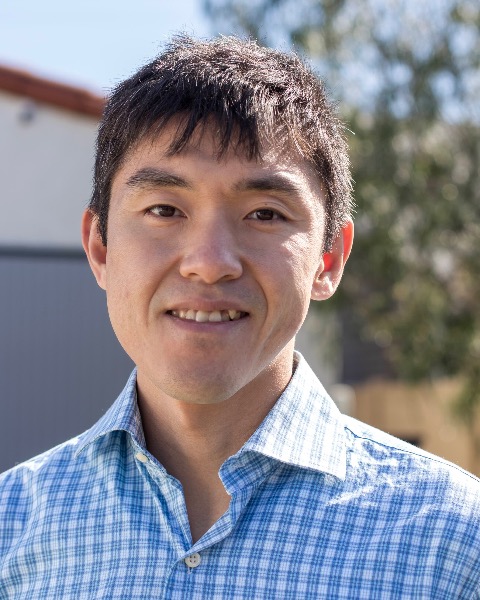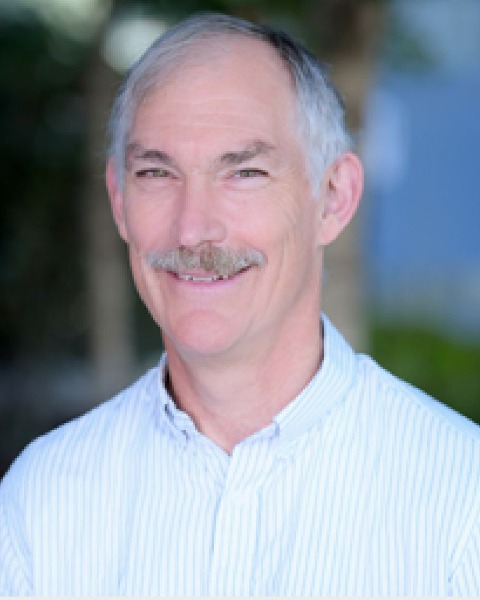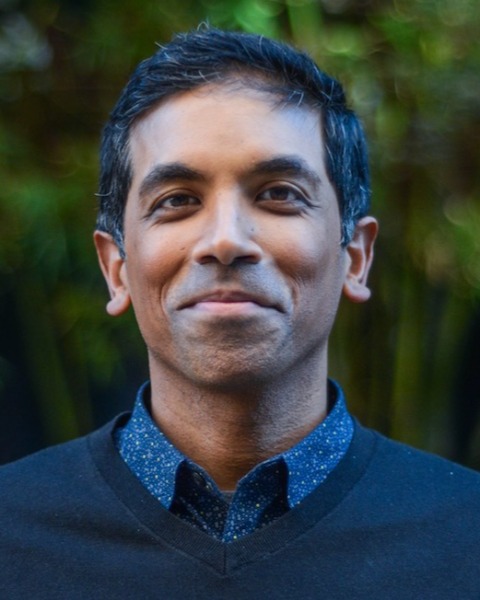Rapid Fire Abstracts
Motion-robust approach for 4D CMR using 2D real-time acquisitions and slice-to-volume reconstruction (RF_FR_321)

Ye Tian, PhD
Research Assistant Professor
University of Southern California
Ye Tian, PhD
Research Assistant Professor
University of Southern California- AJ
Anand A. Joshi
Research Assistant Professor
University of Southern California - JD
Jon A. Detterich, MD
Professor
Children's Hospital Los Angeles 
John C. Wood, MD, PhD
Professor
University of Southern California
Krishna S. Nayak, PhD
Dean's Professor
University of Southern California
Presenting Author(s)
Primary Author(s)
Co-Author(s)
The optimal evaluation of cardiac morphology and function requires volumetric cardiac-phase-resolved imaging, which allows generation of arbitrary views. There are many existing approaches, which all require patient cooperation, either in the form of multiple breath-holds or stable position during a free-breathing scan (1-4).
In this work, we explore an approach that requires zero patient cooperation, based on real-time imaging and slice-to-volume reconstruction (SVR). This is inspired by an approach used in fetal CMR (5, 6). Briefly, 2D real-time imaging is used to perform sweeps across the cardiac anatomy from multiple directions. SVR is then used to retrospectively reconstruct isotropic resolution 4D cardiac images. Multiple sweeps from multiple ( >3) orientations provides additional robustness to subject motion and poor signal-to-noise ratio (SNR).
Methods:
Acquisition: Four stacks of slices (short-axis, 4-chamber, 2-chamber, and 3-chamber) were acquired using a real-time golden-angle bSSFP. The method acquires 2 seconds/slice, then shift 2 mm along the slice direction, until the whole-heart is covered (typically 46-60 slices per view). Imaging parameters included TE/TR = 0.74/5.67 ms, 40 ms/frame, voxel size = 1.5x1.5x6 mm3, flip angle = 100o. The total acquisition time was 8 minutes.
Reconstruction: Real-time images were first reconstructed by spatiotemporally constrained reconstruction (7). Then, one full cardiac cycle (25 phases) of each slice was kept according to the recorded ECG triggers. These images were registered to a single 3D volume phase by phase using rigid SVR (8) to provide 1 mm isotropic resolution 4D cardiac images.
Experimental
Methods: Experiments were performed on a whole-body 0.55T system (prototype MAGNETOM Aera, Siemens Healthineers) equipped with high-performance shielded gradients (45mT/m amplitude, 200T/m/s slew rate). Four healthy volunteers (25-61Y, 2M 2F) and one arrythmia patient (57Y F) with irregular breathing pattern were imaged under a protocol approved by our Institutional Review Board, after providing written informed consent.
In one volunteer (28Y F), different acquisition voxel sizes were tested: 1.5x1.5x6 mm3, 1.5x1.5x4 mm3, and 1.2x1.5x2 mm3. Retrospective downsamping experiments were performed, by using 3 out of 4 stacks (effective acquisition time 6 minutes) and every other slice (effective slice gap 4mm, acquisition time 4 minutes). In one volunteer (25Y M), an additional dataset was acquired with voluntary body motion every 30 seconds.
Results:
SVR was successfully performed for all 5 subjects regardless of breathing pattern, arrythmia, and bulk motion. Figure 1 shows one example of real-time images and the corresponding SVR images. Figure 2 compares time-line intensity plot between SVR and reference breath-hold cine in one slice. Figure 3 shows the results for voxel size sweep, retrospective downsampling experiments, and prospective motion experiments. Voxel size of 1.5x1.5x6 mm3 resulted the best SVR quality. Using 3 stacks slightly degraded the SVR quality, however, reduces the acquisition time to ~6 minutes. The approach appeared to be robust to motion.
Conclusion:
We have demonstrated to use real-time acquisition and SVR for whole-heart cine CMR in adults. Compared with 3D whole-heart cine approaches, the proposed method can provide improved contrast due to less signal saturation and improved motion robustness. The provided isotropic images could enable morphological and functional assessment of the heart.

